Monthly Archives: October 2024
SOURCE: AFP

A Pakistan Air Force training aircraft crashed due to a technical fault in the mountainous region of Gadoon Amazai, in the village of Gandaf Bar Kali, Swabi. Both pilots successfully ejected using parachutes, but sustained minor injuries. They were immediately airlifted by an Air Force helicopter to the hospital.
It was reported that the Pakistan Air Force training aircraft was on a routine training flight on Tuesday, passing through the mountainous area of Gadoon Amazai in Swabi, when it suddenly encountered a technical issue and crashed into the hills of Gandaf Bar Kali.
Continue readingSOURCE: IDRW.ORG

The Ministry of Defence, Government of India, is planning to procure Aerial Engineer Recce Equipment (AERE) to provide real-time terrain data for various engineering tasks. The AERE will be utilized for bridge construction, operational track construction, minefield breaching, anti-tank obstacle laying, bridge demolition/denial, avalanche prone slope management, and helipad/FARRP construction.
Each AERE system will consist of three fixed-wing unmanned aerial vehicles (UAVs) with vertical take-off and landing (VTOL) capabilities. It will also include three LIDAR sensors, three photogrammetric optical zoom cameras, three color day and night video cameras with thermal sensors, one airborne data relay sensor, three Man Portable Ground Control Stations (MPGCS), and three Remote Video Terminals (RVT).
Continue readingSOURCE: IDRW.ORG

Sagar Defence Engineering, a leading Indian defense company, has achieved a significant milestone with the granting of a patent for its innovative Self-Learning Command & Control Module for Navigation (GENISYS) and associated system by the Patent Office, Government of India.
Developed in line with the vision of an Atmanirbhar Bharat (Self-Reliant India), GENISYS is set to revolutionize defense strategies by leveraging autonomous technologies. This cutting-edge module empowers military forces to adapt to complex and evolving challenges, enabling swift responses in critical situations.
Continue readingSOURCE: AFI

In 2015, then Defence Minister Manohar Parrikar issued a stark warning regarding the escalating costs of procuring the Rafale fighter jets from French manufacturer Dassault Aviation. For over three years, Dassault had been negotiating with India’s Ministry of Defence (MoD) to sell the Indian Air Force (IAF) 126 Rafale fighters, but the talks had reached a standstill, mainly due to the high cost of the aircraft and concerns about the terms of local production. Parrikar emphasized the need for a cost-effective deal, signaling that India could not afford to ignore the financial burden of the acquisition.
During a press conference, Parrikar made it clear that the IAF needed to consider the financial aspect of its fighter jet procurement, stating, “It is not always… go and purchase it. A cost-effective purchase is also important.” Though he refrained from disclosing the exact costs being negotiated, he raised concerns about the impact on India’s defense budget. “Whether it is Rs 40,000 crore, or Rs 50,000 crore or Rs 1 lakh crore, we are speaking about 50 per cent of the capital budget of the defence services,” he pointed out, underscoring how the Rafale deal could potentially consume half of India’s defense capital budget.
Continue readingSOURCE: AFI
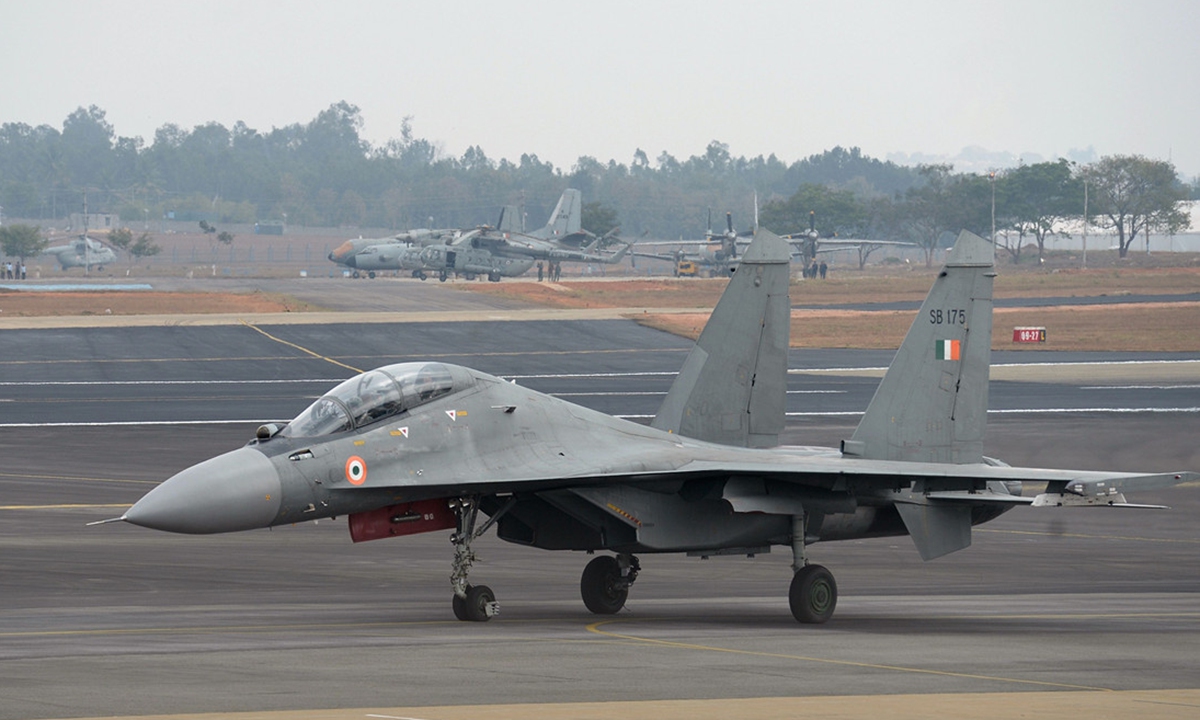
The Global Times, a state-run Chinese newspaper, has criticized India’s perception of China as a military rival. Following recent statements by the Indian Air Force chief, the Global Times argued that India should not view China’s military development with suspicion.
Indian Air Chief Marshal AP Singh had previously stated that India “lags behind” China in military technology and defense production. He expressed concern about China’s growing air combat advantage along the border and called for accelerated development of India’s indigenous defense industry.
Continue readingSOURCE: AFI

Named after a powerful warrior from the Hindu epic Ramayana, Prahasta is more than just a machine; it’s a tactical asset designed to enhance the capabilities of the Indian armed forces. Prahasta’s versatility is unparalleled. Equipped with advanced AI and LIDAR technology, it can navigate complex terrains, identify threats, and engage in combat autonomously. Its quadruped design allows it to traverse rough terrain, making it ideal for operations in diverse environments.
While primarily designed for military applications, Prahasta’s capabilities extend beyond warfare. It can be used for humanitarian missions, disaster relief, and even border security, making it a valuable asset for various government agencies.
Continue readingSOURCE: AFI

Optiemus Unmanned Systems (OUS) has achieved a significant milestone in drone technology by successfully operating its Vajra series drones at an altitude of 19,000 feet at the Umling La pass, the world’s highest motorable road. This achievement underscores OUS’s commitment to developing advanced unmanned aerial vehicles (UAVs) for diverse applications, including military, surveillance, and search and rescue.
The successful trials at Umling La pass highlight the exceptional capabilities of OUS’s Vajra series drones. These drones demonstrated their ability to operate in extreme conditions, withstand high altitudes, and perform complex tasks such as loitering munitions and long-range surveillance. This achievement positions OUS as a leading player in the Indian drone industry.
Continue readingSOURCE: AFI
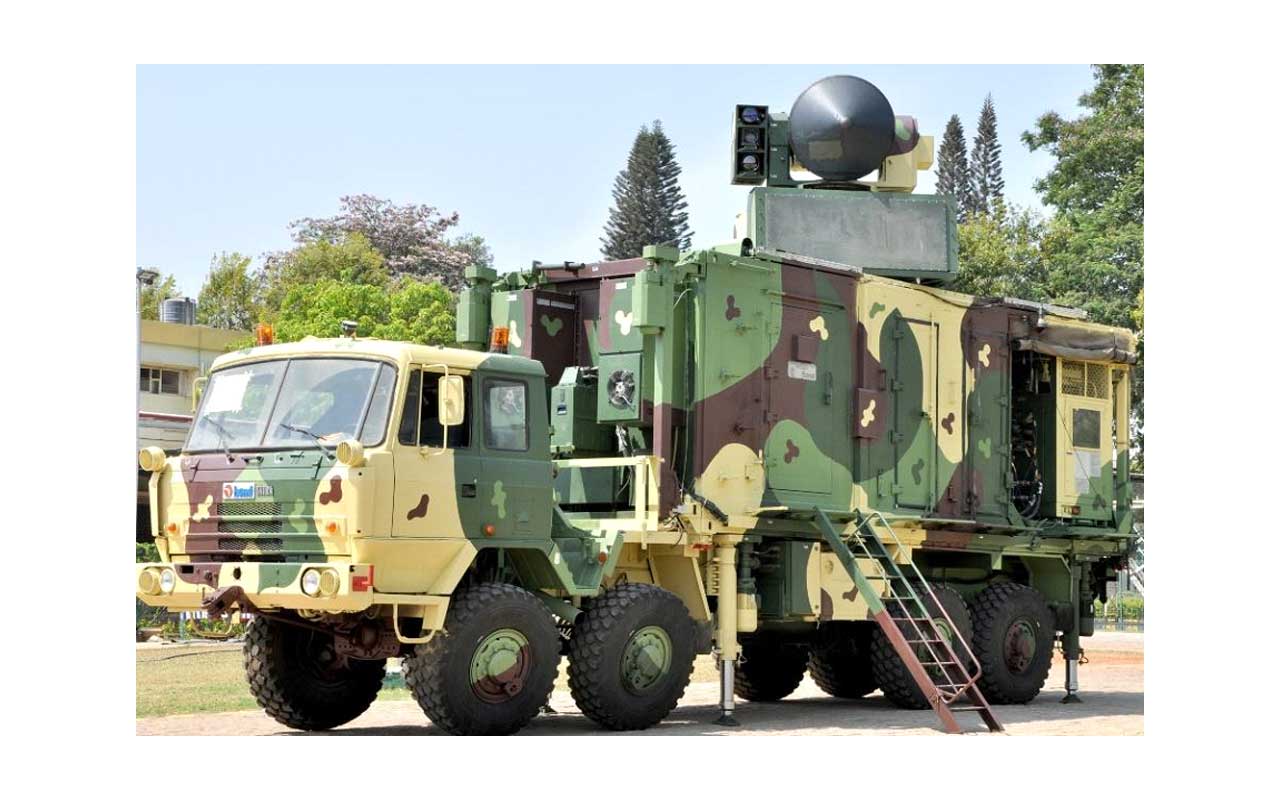
Bharat Electronics Limited (BEL), a key player in India’s defense and electronics sector, has announced the receipt of additional orders valued at over ?500 crores. This development further solidifies BEL’s position as a critical partner in bolstering the nation’s defense and communication infrastructure.
The newly secured orders span a range of defense-related equipment and systems, showcasing BEL’s diverse capabilities. The major orders include:
Continue readingSOURCE: PTI

Sri Lanka’s newly-appointed Foreign Minister Vijitha Herath on Tuesday defended the government’s move to allow a Chinese military training ship to arrive in Colombo, saying the decision falls within the framework of the country’s diplomatic engagements and such visits “pose no threat”.
He was responding to a question on the Chinese People’s Liberation Army (PLA) Navy training warship “Po Lang” which arrived at the port of Colombo on Tuesday “as part of an ocean-going voyage aimed at enhancing the professional capabilities of midshipmen and conducting naval exchanges with other countries,” said a statement.
Continue readingSOURCE: RAUNAK KUNDE / NEWS BEAT / IDRW.ORG
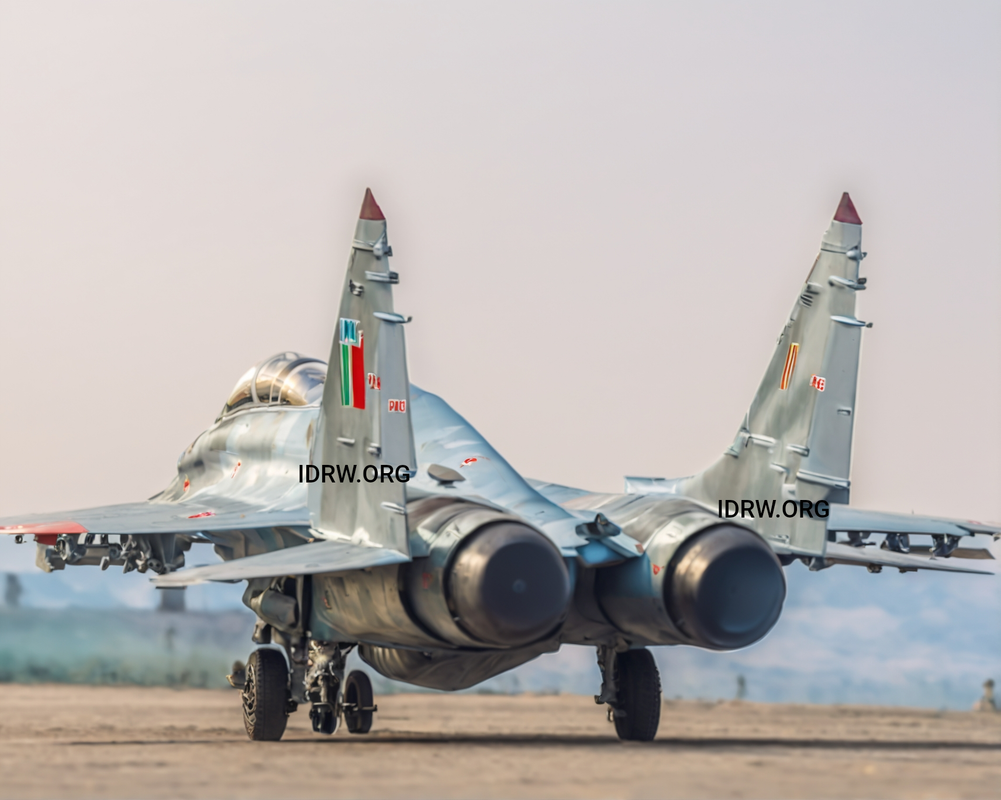
In a significant development, the Indian Air Force (IAF) and the Gas Turbine Research Establishment (GTRE) are in advanced discussions to repurpose one of the IAF’s MiG-29UPG fighter jets as a Flying Test-Bed (FTB) for the Kaveri engine program. This move comes as the IAF aims to prolong the operational life of its MiG-29UPG fleet and support indigenous jet engine development.
Originally slated for retirement in 2027, the MiG-29UPG fleet will now remain in service for an additional eight years, extending its operational role within the IAF. However, one older MiG-29UPG will be dedicated to the Kaveri engine testing program, with plans to modify it for engine trials.
Continue readingSOURCE: RAUNAK KUNDE / NEWS BEAT / IDRW.ORG

The Indian Air Force (IAF), grappling with delays in the delivery of Tejas Mk1A fighter jets due to a supply shortage of F-404 engines from GE Aerospace, is now considering extending the service life of its remaining MiG-21 Bison aircraft. The decision comes as the IAF faces the challenge of maintaining operational readiness until sufficient Tejas Mk1A jets are delivered to form a full squadron.
The MiG-21 Bison, which had been slated for complete retirement by next year, will now remain active for a little longer than initially planned. The IAF intends to slow down flying operations of the MiG-21s, ensuring that they remain in service until the Tejas Mk1A squadrons are fully operational.
Continue readingSOURCE: RAUNAK KUNDE / NEWS BEAT / IDRW.ORG

India’s Indigenous Airborne Early Warning and Control System (AEW&C), known as NETRA, is on the cusp of achieving Final Operational Configuration (FOC). This significant milestone marks a culmination of nearly seven years of development and testing since the program was granted Initial Operational Configuration (IOC) in 2017.
The Defence Research and Development Organisation (DRDO) plans to achieve FOC for NETRA by the end of this year. This milestone will signify that the system is fully operational and ready to meet the Indian Air Force’s (IAF) strategic requirements.
Continue readingSOURCE: AFI
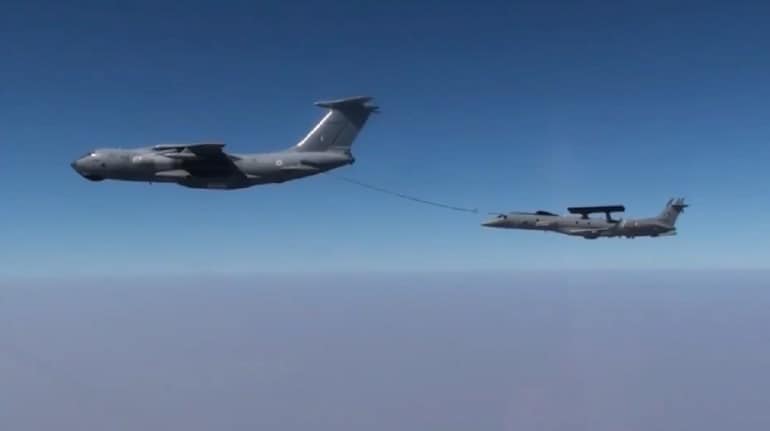
As the Indian Air Force (IAF) faces increasing security challenges in a complex geopolitical environment, it must make a strategic decision—whether to continue its pursuit of the Multi-Role Fighter Aircraft (MRFA) program for short-term capability expansion or to prioritize long-term investments in indigenous engine programs, force multipliers, and critical infrastructure. The IAF’s new leadership, like their predecessors, has consistently championed the need for more fighter squadrons. However, without robust support systems like airborne warning platforms, aerial refueling, and advanced engine programs, focusing on fighter numbers alone might leave the force unprepared for future conflicts.
The MRFA program, which envisions the procurement of 114 advanced fighters from foreign manufacturers, has been a constant topic of discussion among IAF Chiefs of Air Staff (CAS) over the past few years. The idea behind the program is to address the dwindling number of fighter squadrons and enhance the IAF’s combat capabilities. However, despite multiple public statements, the program has seen little tangible progress, largely due to budgetary constraints, the complex procurement process, and competing defense priorities.
Continue readingSOURCE: AFI

Saab, the Swedish defense and security company, has proposed its Sea Wasp Remotely Operated Vehicle (ROV) system to the Indian Navy for underwater mine clearance operations. The Sea Wasp, named after the highly venomous box jellyfish, is designed to effectively locate, identify, and neutralize improvised explosive devices (IEDs) in challenging underwater environments.
Saab is committed to continuously enhancing the Sea Wasp system to address emerging underwater threats. By collaborating with partners, the company aims to incorporate additional capabilities and technologies to ensure the ROV remains effective and relevant in the evolving maritime security landscape.
Continue readingSOURCE: AFI
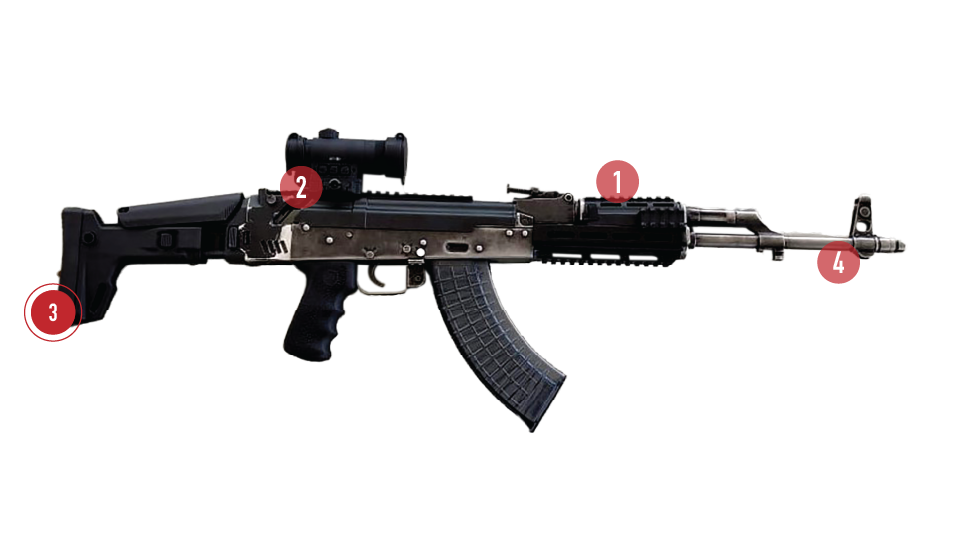
The National Security Guard (NSG), India’s elite counter-terrorism force, is set to bolster its arsenal with the acquisition of 100 AK Mod Kits from Bengaluru-based defense manufacturer, SSS Defence. These kits will be used to upgrade existing AK-47 assault rifles, enhancing their capabilities for specialized operations.
The AK-47, a legendary firearm renowned for its reliability and durability, has been a staple in the Indian Armed Forces for decades. Its widespread use ensures that soldiers are well-trained and familiar with its operation, minimizing training costs and time. Additionally, the availability of 7.62 x 39mm ammunition makes it a practical choice for Indian forces.
Continue reading